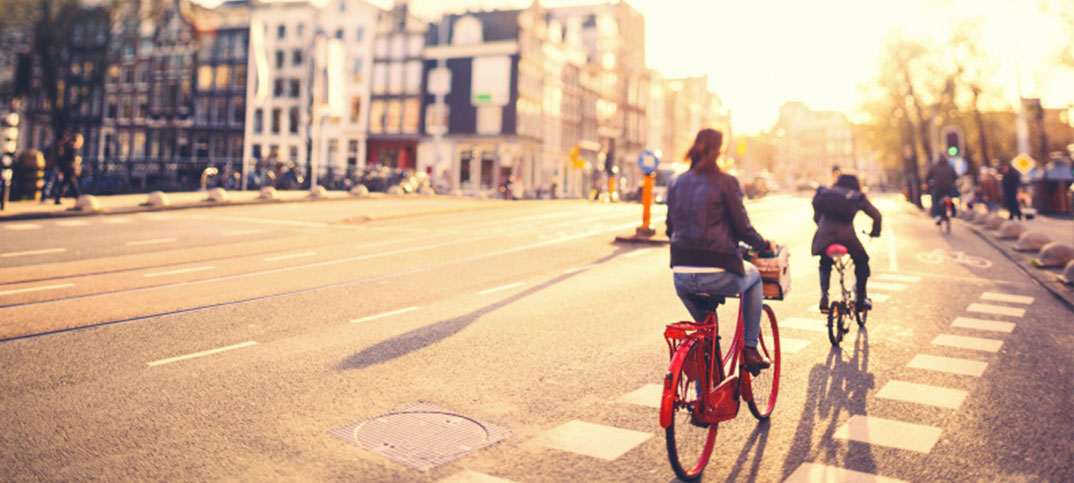World environment day
June 5 is World Environment Day, an event created by the World Health Organization to raise awareness and action for the environment. It serves as a “people’s day” to show the impact that we individuals can have on the environment—and how the collective power of everyone working together can make a difference.
You might be asking yourself: What kind of difference can one person make? A big one! Here are some ideas for things you can do to affect the environment in a positive way:
- Pick up litter you see on campus.
- Reduce, reuse, recycle.
- Walk to class (instead of taking your car), or take the campus bus.
- Limit showers to seven minutes or less. Not only will the environment thank you, but so will everyone else in your residence hall.
- Shop local. Does your city have a farmer’s market? Summer is the perfect time to buy fruits and vegetables from a local farmer.
- Organize a tree-planting drive (with approval from your school/city first).
- Share your pictures on social media.
- Start a recycling drive.
Planned an event? Register it here








